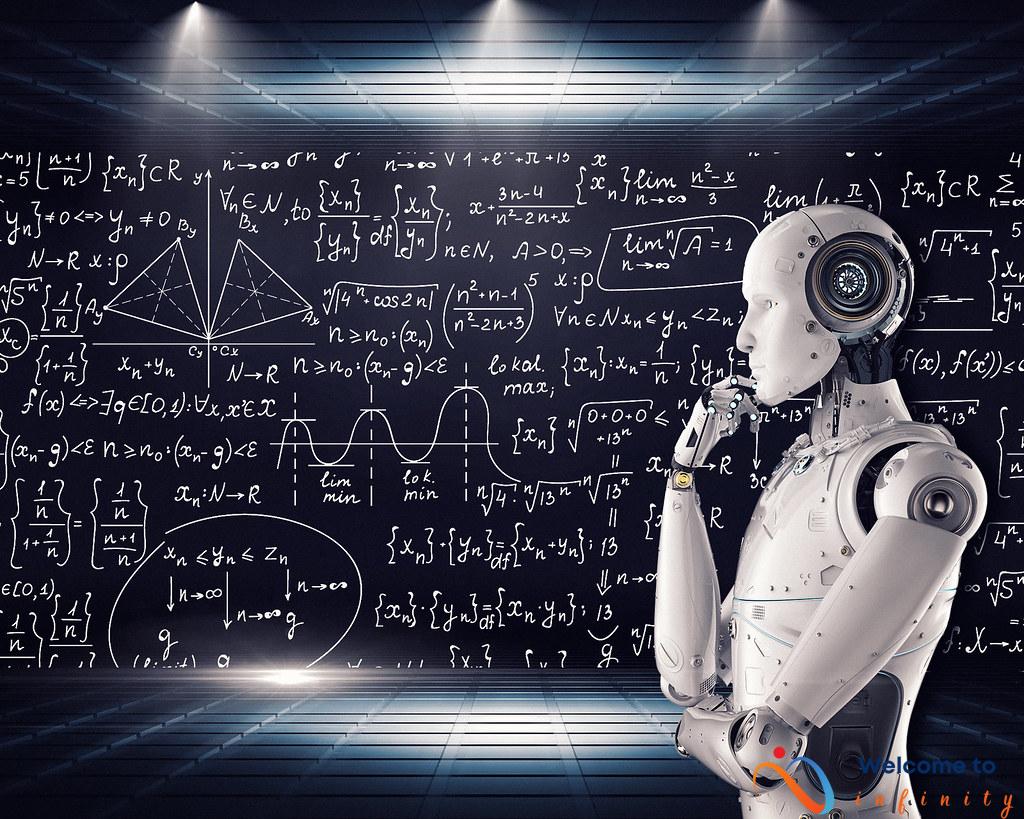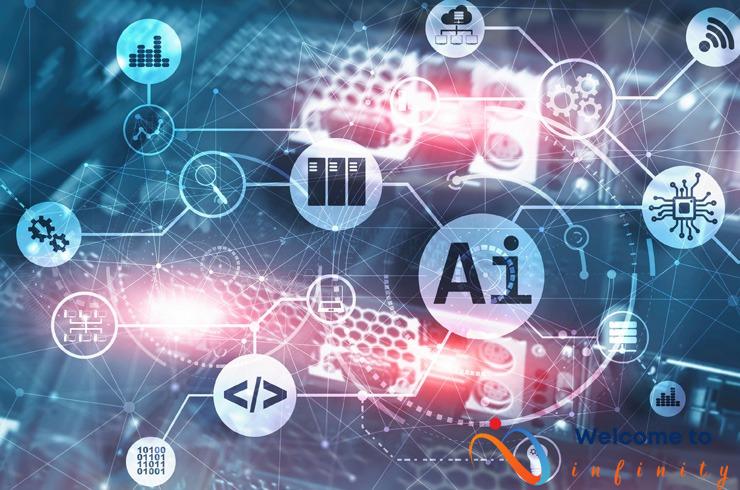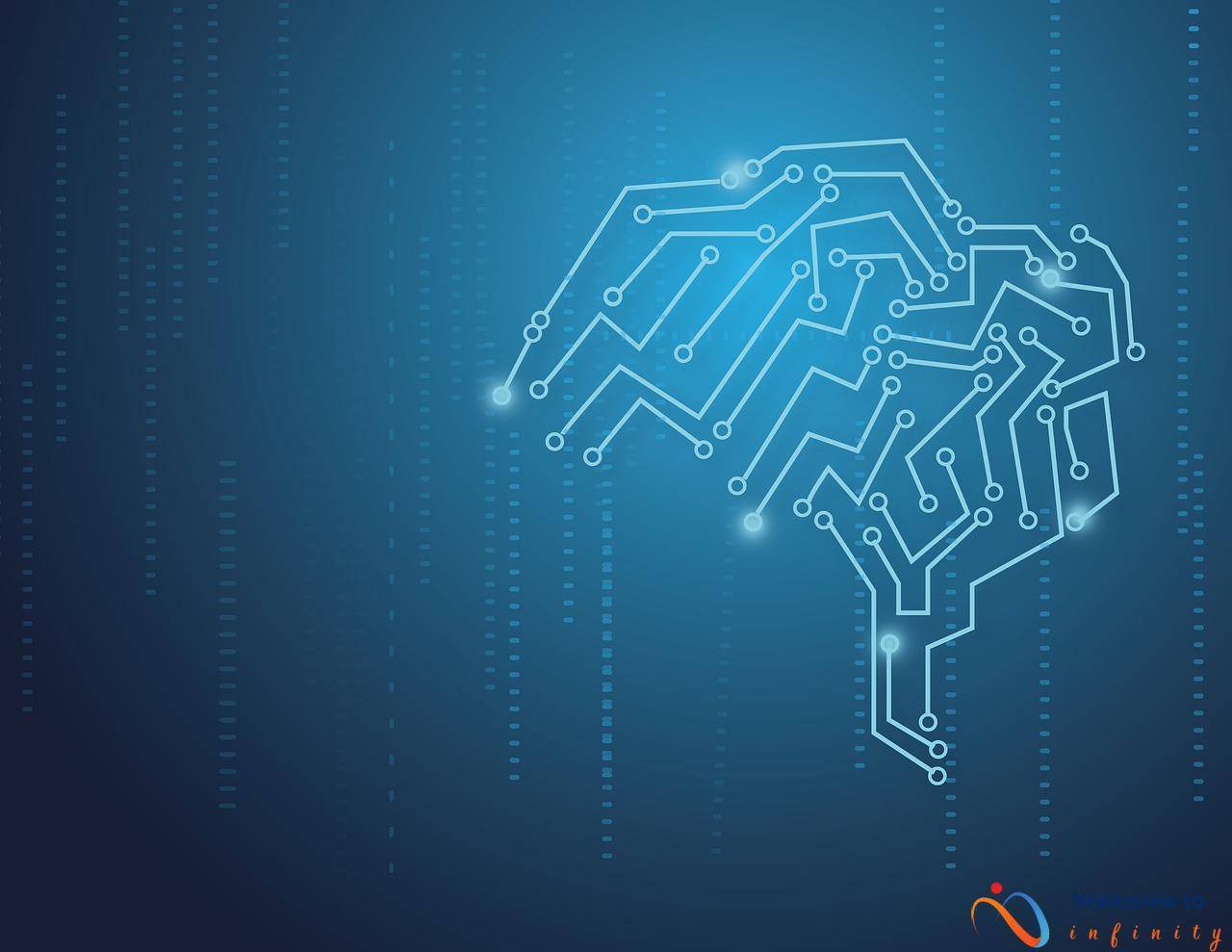Reinforcement learning is a type of machine learning technique that involves training a system through repetitive trial-and-error experimentation. Unlike other machine learning techniques that rely on labeled data, reinforcement learning uses rewards and punishments to guide the system's learning process. This approach resembles how humans learn from experiences, making it a promising area of study for AI research.
In this article, we will cover the basics of reinforcement learning, including its components and how it differs from other machine learning techniques. Additionally, we will delve into the various algorithms used in reinforcement learning and their strengths and weaknesses. We will also discuss some of the exciting real-world applications of reinforcement learning, from robotics to gaming to natural language processing.
If you are interested in learning more about reinforcement learning, this article is for you. Whether you are an AI researcher, a data scientist, or just curious about the latest advancements in machine learning, this article will provide you with a comprehensive overview of reinforcement learning, from theory to practice. So, let's get started!
Understanding Reinforcement Learning
Reinforcement learning is a type of machine learning that deals with how agents should take actions in an environment to maximize a cumulative reward signal. The essence of the RL approach is that the system is provided with some initial knowledge called the state of the environment, and then it learns to adapt its behavior based on the rewards it receives and its previous actions.
A typical reinforcement learning problem consists of an agent, an environment in which the agent acts, a set of possible actions that an agent can take in each state, and a reward signal that indicates how much the agent is achieving. The goal of RL is to find a policy that maximizes the cumulative discounted reward, which is the sum of rewards weighted by factors that represent the discounting of the future rewards over time.
- State: The current state of the environment, which can be fully or partially observed by the agent.
- Action: The set of possible actions that the agent can take in each state.
- Reward: The feedback signal indicating how well the agent is doing in the environment. Reinforcement learning is focused on maximizing the cumulative reward signal over time.
- Policy: A mapping from states to actions, which the agent uses to decide what action to take in each state.
Reinforcement learning differs from supervised and unsupervised learning techniques in that it does not rely on a labeled dataset. In supervised learning, the system is trained using a labeled dataset, while in unsupervised learning, the system learns to find patterns in unstructured data. In contrast, reinforcement learning has to learn from feedback in the form of rewards that come from the environment.
Overall, reinforcement learning is a promising area of machine learning, which has found various practical applications. In the following sections, we'll examine some of the algorithms used in RL as well as its applications and future directions.
Reinforcement Learning Algorithms
Reinforcement learning algorithms are at the heart of a learning agent. These algorithms determine how the agent interacts with the environment, learns from the feedback received, and decides on the next best action to take. The fundamental idea behind these algorithms is to learn the optimal policy that maximizes the agent's reward over time.
There are two major types of reinforcement learning algorithms: Model-based and model-free algorithms. Model-based algorithms require knowledge of the system dynamics and use this knowledge to create a model that predicts the future state of the system. On the other hand, model-free algorithms learn directly from the data without any prior assumptions about the system.
One of the popular model-free algorithms used in reinforcement learning is the Q-learning algorithm. This algorithm involves building a table of values representing the expected reward for each state-action pair and iteratively updating it based on the feedback received. Q-learning is a simple and effective algorithm, but it suffers from high variance and can take a long time to converge.
Another class of model-free algorithms is policy gradient methods. These algorithms directly optimize the agent's policy by iteratively adjusting the policy parameters using feedback received from the environment. They are more sample-efficient than Q-learning and can handle continuous and high-dimensional action spaces. One of the challenges with policy gradient methods is that they can often get stuck in local optima.
In addition, there are other algorithms such as actor-critic methods, temporal difference learning, and deep reinforcement learning. Each algorithm has its strengths and weaknesses and is suitable for different types of problems. Selecting the right algorithm is crucial to the success of a reinforcement learning project.
In conclusion, reinforcement learning algorithms play a critical role in determining the performance of a learning agent. Choosing the right algorithm and tuning its hyperparameters requires a deep understanding of the problem at hand. So, developers should evaluate the characteristics of different algorithms and choose the most appropriate one for their applications.
Q-Learning Algorithm
Reinforcement learning is a machine learning approach wherein an agent learns to make decisions by interacting with its environment. One popular model-free approach in reinforcement learning is Q-learning. This algorithm is used to determine the optimal action-value function that specifies the value of taking a certain action in a given state.
Q-learning is a type of temporal difference learning, where the values of state-action pairs are updated based on the difference between the predicted and actual rewards received by the agent. Essentially, the agent learns by trial and error, adjusting its policy over time to maximize its cumulative reward.
One key advantage of Q-learning is that it does not require knowledge of the transition probabilities of the environment, making it applicable to a wide range of real-world problems. However, it suffers from the curse of dimensionality, meaning that it becomes computationally infeasible when dealing with large state and action spaces.
To overcome this issue, various extensions of Q-learning have been developed, such as deep Q-networks, which use neural networks to approximate the action-value function, and double Q-learning, which addresses the problem of overestimation of action values.
In conclusion, Q-learning is a powerful algorithm used in reinforcement learning to optimize an agent's decision-making process based on its interaction with an environment. Although it has some limitations, advancements in machine learning techniques are continuously improving its effectiveness.
Policy Gradient Methods
Policy gradient methods are a class of model-free algorithms used in reinforcement learning. Unlike value-based methods, policy gradient methods attempt to learn directly the optimal policy which maps an observation to an action. They learn a policy function that maximizes the expected cumulative reward over a trajectory, where the expected reward is evaluated using sampled trajectories.
One of the advantages of policy gradient methods compared to value-based methods is that they can learn stochastic policies, which can be useful in applications where randomness is desirable, such as games. Additionally, policy gradient methods can directly optimize for non-scalar objectives, while value-based methods require that the reward be scalar and continuous, making it more difficult to optimize complex objectives.
Policy gradient methods use gradient ascent to iteratively improve the policy by following the direction of the gradient of the expected reward. There are several ways to estimate the gradient, including finite differences and Monte Carlo approximations.
One common policy gradient method is the REINFORCE algorithm, which uses the likelihood ratio trick to obtain an unbiased estimate of the gradient of the expected reward. Another popular approach is the actor-critic method, which uses a separate value function to estimate the expected reward and guides the policy updates by providing a TD error signal.
Applications of Reinforcement Learning
Reinforcement learning has a wide range of applications in real life, including robotics, gaming, and natural language processing. In robotics, robots can learn to perform complex tasks through reinforcement learning. By interacting with their environment and receiving feedback in the form of rewards, robots can learn to improve their actions and perform tasks more efficiently.
Reinforcement learning is also used in gaming. Game playing and game design can be improved by using reinforcement learning algorithms. In game playing, reinforcement learning can be used to train agents to beat human players. In game design, reinforcement learning can be used to generate more interesting game levels.
Furthermore, reinforcement learning is applied in natural language processing, where it is used to improve machine translation and speech recognition. Through reinforcement learning, machines can learn to understand and process human language more accurately and efficiently, which can be applied in various industries, such as customer service and healthcare.
Overall, reinforcement learning has shown promising results in various fields and has the potential to transform industries. The utilization of reinforcement learning in robotics, gaming, and natural language processing can lead to more advanced and efficient systems that can improve human life and experience.
Robotics
Reinforcement learning has shown to be a powerful tool in teaching machines to perform tasks in the field of robotics. When developing autonomous robots, the algorithm receives feedback executed by sensors, allowing it to learn on the fly. Reinforcement learning enhances traditional rule-based systems and makes the robots more adaptable, allowing them to deal with uncertain and dynamic environments.
Roboticists train robots with reinforcement learning so that they can perform complex tasks without explicit programming. For instance, a robot can learn to grasp an object by trial and error rather than having its movements preprogrammed. This feedback loop provides a bot with a learning experience and enables it to continue performing the task in different situations.
One of the most practical applications of reinforcement learning in robotics is in the area of industrial automation, where fully autonomous manufacturing plants are slowly becoming a reality. By integrating reinforcement learning algorithms, robots can pick and place objects, navigate factory floors, and perform other complex tasks without the need for human intervention.
Furthermore, reinforcement learning in robotics has also been applied to the creation of intelligent prostheses. These artificial devices, combined with reinforcement learning, can make use of sensory feedback from the nervous system, allowing them to more accurately recreate the functionality of amputated limbs. They can adapt to the wearer's movements, which allows for a more natural and intuitive control experience.
Overall, the possibilities of reinforcement learning in robotics are endless. As the technology continues to develop, machines will be able to learn and adapt to their surroundings to accomplish increasingly complex tasks with minimal human intervention.
Gaming
Gaming is a popular area where reinforcement learning has been applied. The most well-known achievement of reinforcement learning in gaming is Google DeepMind's AlphaGo, which used a combination of supervised and reinforcement learning to achieve superhuman performance in the game of Go. Not only did AlphaGo beat the best human players, but it also developed new strategies that have since been adopted by human players.
Reinforcement learning has also been used in game design to create more intelligent and challenging opponents. This is achieved by training the game's artificial intelligence through reinforcement learning to learn from player behavior and adapt to different styles of play. This makes the game more engaging and enjoyable for players by providing them with a more immersive experience.
Another interesting application of reinforcement learning in gaming is in the development of autonomous agents that are capable of playing and mastering complex games. Examples of games that have been tackled using reinforcement learning include chess, poker, and head-to-head multiplayer games such as Dota 2 and Starcraft II. The development of these agents has not only advanced the field of reinforcement learning but has also pushed the boundaries of what machines can accomplish in complex decision-making tasks.
However, there are also some challenges associated with using reinforcement learning in gaming. One of the biggest challenges is balancing the level of difficulty of the game to keep players engaged without overwhelming them. Additionally, there is a trade-off between using reinforcement learning to create increasingly difficult opponents and maintaining a positive player experience.
In conclusion, reinforcement learning has the potential to revolutionize the gaming industry by allowing for the creation of more engaging and challenging games and more intelligent autonomous agents. However, it is important to carefully consider the balance between difficulty and player experience to ensure that games remain fun and entertaining for everyone.
Natural Language Processing
Natural Language Processing (NLP) is an exciting application of reinforcement learning. It involves training machines to understand and process human language, which is highly complex and varied. NLP has the potential to transform how we communicate with machines and make our interactions with them more seamless and natural.
One of the most significant applications of reinforcement learning in NLP is machine translation. With the help of reinforcement learning algorithms, machines can be trained to translate between different languages accurately. The underlying model uses a sequence-to-sequence technique, where an input sequence of words is translated into an output sequence of words in the target language. The model parameters are then optimized using reinforcement learning to minimize the overall translation error.
Another area where reinforcement learning is being applied in NLP is speech recognition. Speech recognition involves converting spoken input into text. This technology has come a long way over the past few decades, but it still has its limitations. Reinforcement learning can help improve the accuracy of speech recognition systems by allowing them to learn from their mistakes and adjust their models accordingly. By doing so, these systems can provide more accurate transcriptions and reduce errors in output.
In summary, reinforcement learning has the potential to transform the field of natural language processing. It can help machines understand and process human language more accurately, which will have a significant impact on many areas, including education, healthcare, and customer service. As researchers continue to explore the potential of reinforcement learning in NLP, we can expect to see many exciting developments in the years ahead.
Challenges and Future Directions
Reinforcement learning has shown incredible potential in applications such as robotics, gaming, and natural language processing. However, there are still challenges and potential future directions that must be addressed to fully realize its capabilities. One of the key challenges is improving sample efficiency, as reinforcement learning requires a large amount of data to train and optimize models. This can be particularly difficult for real-world applications where generating data can be expensive or time-consuming.
Another challenge is interpretability, as reinforcement learning algorithms can be difficult to interpret and understand, making it hard to identify and diagnose errors. This is especially true for deep reinforcement learning models, which can be very complex and opaque. Addressing these challenges will be critical for advancing reinforcement learning, and researchers are currently exploring strategies such as model-based reinforcement learning, which seeks to optimize models as well as policies, and exploration bonuses, which incentivize agents to explore unfamiliar regions of the state space.
In terms of future directions, one possibility is the development of more sophisticated algorithms that can handle more complex problems and environments. For example, hierarchical reinforcement learning seeks to address complex tasks by breaking them down into smaller sub-tasks, allowing agents to focus on specific goals and actions. Another area of potential development is multi-agent reinforcement learning, which seeks to optimize the behavior of multiple agents who share the same environment and goals, such as in cooperative or competitive games. Ultimately, the future of reinforcement learning is full of potential and new directions, and continued research and development will be essential for unlocking its full potential.












